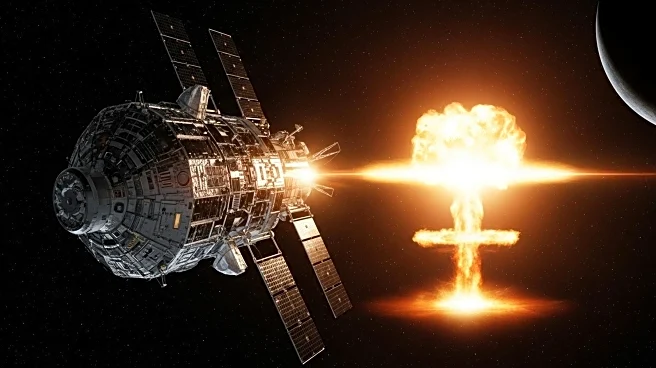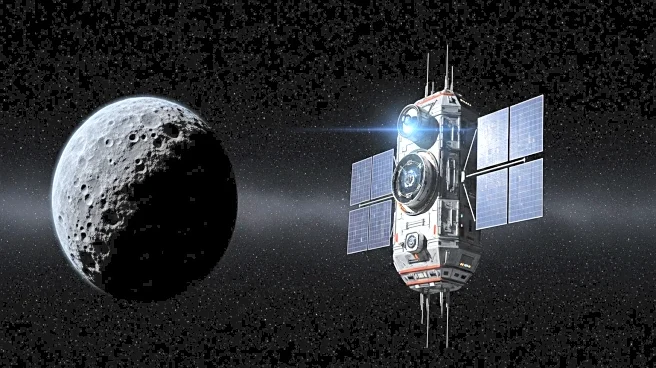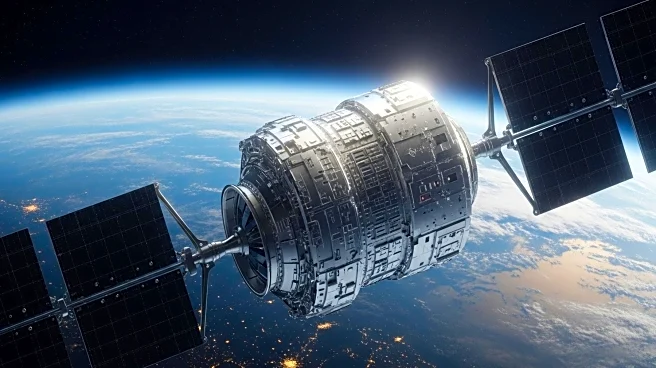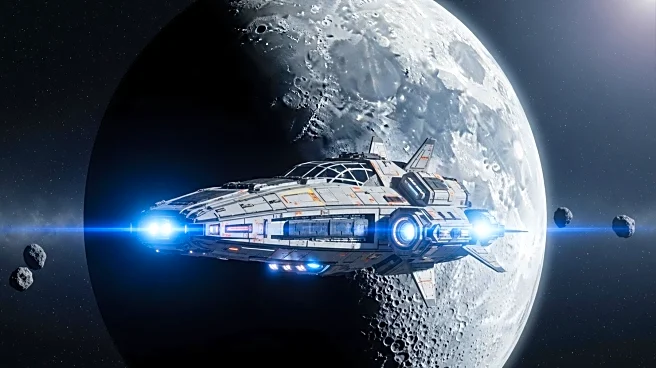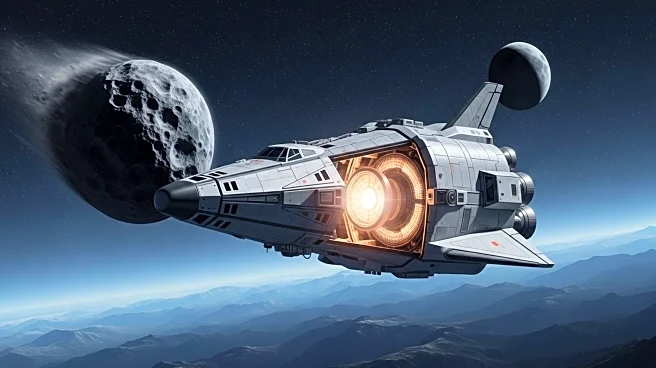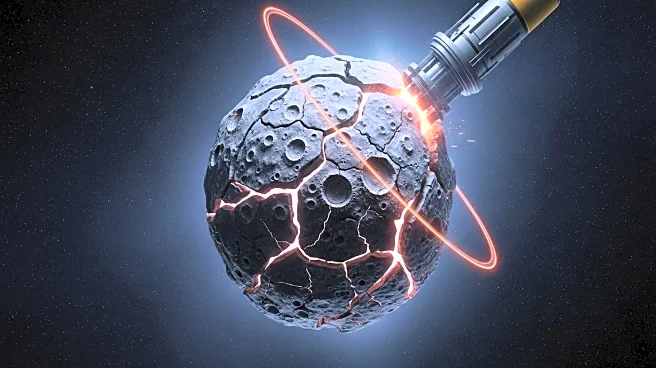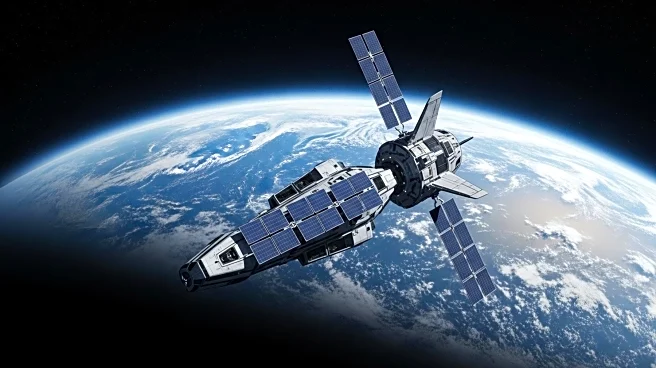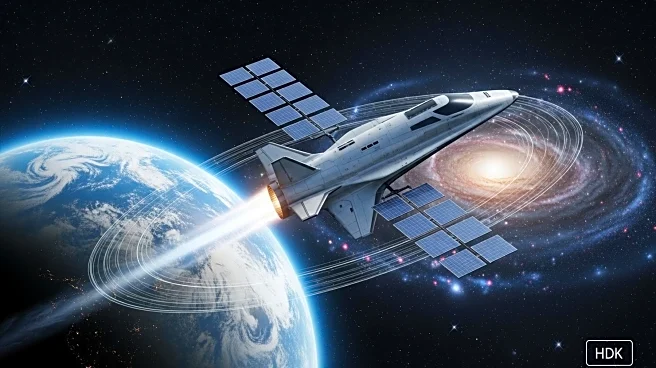What's Happening?
NASA and researchers have released a paper detailing potential missions to prevent asteroid 2024 YR4 from striking the Moon in December 2032. The asteroid, initially thought to have a chance of hitting Earth, now poses a 4% risk to the Moon. The paper outlines two main strategies: deflection and destruction. Deflection involves altering the asteroid's trajectory, while destruction could involve a kinetic impact or a nuclear explosion. The latter option, though technically feasible, raises political and ethical considerations. The asteroid's impact could increase micrometeoroid activity, posing risks to satellites and space stations.
Why It's Important?
The potential asteroid strike on the Moon highlights the need for effective planetary defense strategies. While the Moon does not host permanent human activities, an impact could create debris that threatens Earth-orbiting satellites and space missions. Developing technologies to prevent such events is crucial for safeguarding space infrastructure and ensuring the safety of astronauts. The discussion around using nuclear explosions for asteroid deflection underscores the intersection of science, technology, and international policy, as nations must weigh the risks and benefits of such actions.
What's Next?
NASA and other stakeholders will continue to refine models and assess the asteroid's trajectory. A reconnaissance mission may be launched to better estimate the asteroid's mass, aiding in the design of deflection or destruction strategies. Decisions regarding the use of nuclear technology will involve political considerations, and international cooperation may be necessary to address the threat. As the 2032 deadline approaches, the urgency to develop and implement effective planetary defense measures will increase.

